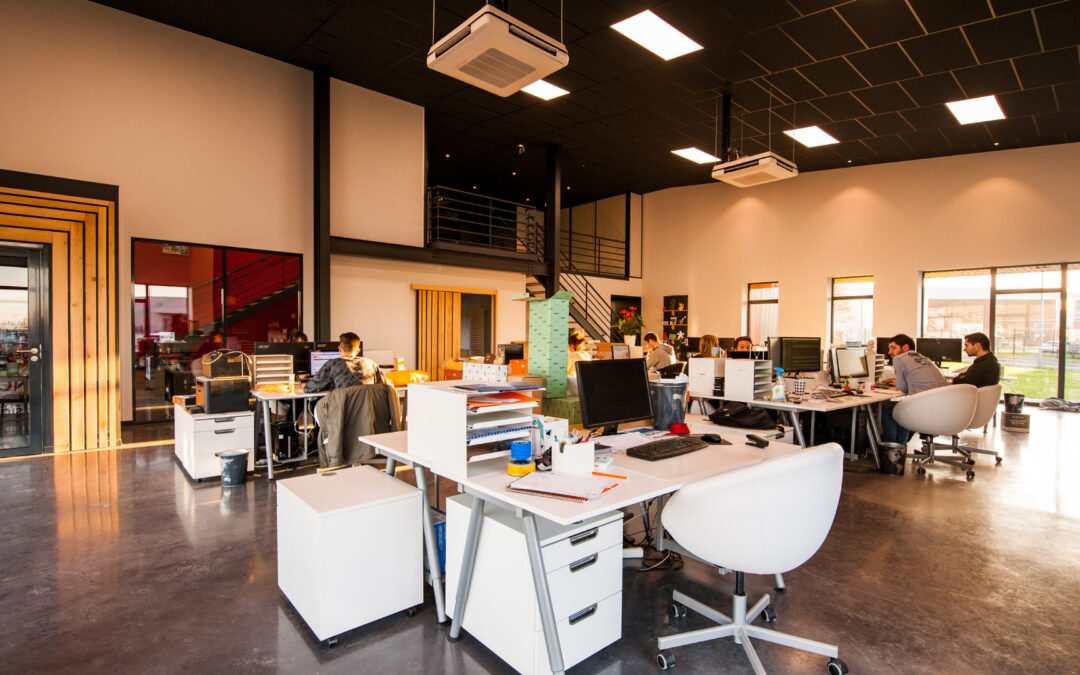As a working mother, the idea of having to choose between breastfeeding a child and returning to work is overwhelming. However, many companies are now recognising the importance of supporting nursing mothers in the workplace by providing a designated breastfeeding room. In this article, we will explore the benefits of having a breastfeeding room in the workplace and how it can positively impact both employees and employers.
Benefits of having a breastfeeding room in the workplace
Supports employee well-being
Breastfeeding is a significant aspect of a mother’s postpartum journey, and it can be challenging to balance work and caring for a newborn. Having a breastfeeding room in the workplace shows that the company values and supports their employee’s well-being, which can contribute to a positive work environment.
Increases productivity
Breastfeeding can be time-consuming, and if nursing mothers don’t have a designated space to do it, they may need to take frequent breaks or leave the office entirely. By providing a breastfeeding room, mothers can continue to work while also being able to nurse their child. This can increase productivity by minimising interruptions and creating a better work-life balance.
Reduces absenteeism
If nursing mothers do not have access to a breastfeeding room, they may need to take time off to nurse their child, resulting in more absenteeism. Providing a designated space to breastfeed can reduce the need for nursing mothers to take time off and contribute to a more reliable workforce.
Promotes employee retention
Many mothers may consider leaving the workforce altogether if they don’t feel supported in their breastfeeding journey. Offering a breastfeeding room can promote employee retention, ensuring that companies retain talented employees who happen to be mothers.
Easier access
By providing nursing mothers with a designated space for breastfeeding, companies are ensuring that they are creating a safe and healthy work environment.
Understanding among colleagues
Having a designated room allows colleagues to have a better understanding of the needs of a returning mother. It also allows them to express, undisrupted. This increases the adjustment of being comfortable returning to work.
Creating a breastfeeding room in the workplace
If you’re a business owner or HR manager considering creating a breastfeeding room in the workplace, here are some key elements to consider:
- Privacy: A breastfeeding room should be private and have a lockable door. Create a sign to ensure they are not interrupted.
- Comfort: The room should have a comfortable chair or couch, and the temperature should be adjustable to ensure the mother and child are comfortable.
- Hygiene: The room should be cleaned regularly, and hand sanitizer or wipes and a bin should be available.
- Equipment: The room should have a power outlet, a small refrigerator to store breast milk, and a breast pump (if required).
Conclusion
By having a breastfeeding room in the workplace, employers are helping to provide a crucial aspect of supporting working mothers. By providing a designated space to breastfeed, companies can support their employees’ well-being, increase productivity, reduce absenteeism, and promote employee retention. Ultimately, companies that support their employees in their breastfeeding journey can create a positive work environment that contributes to a happier and more productive workforce. The above points are a great starting point, but it’s also important to speak with the staff that will be using the room and support them with any extra requirements they may need to feel supported.


